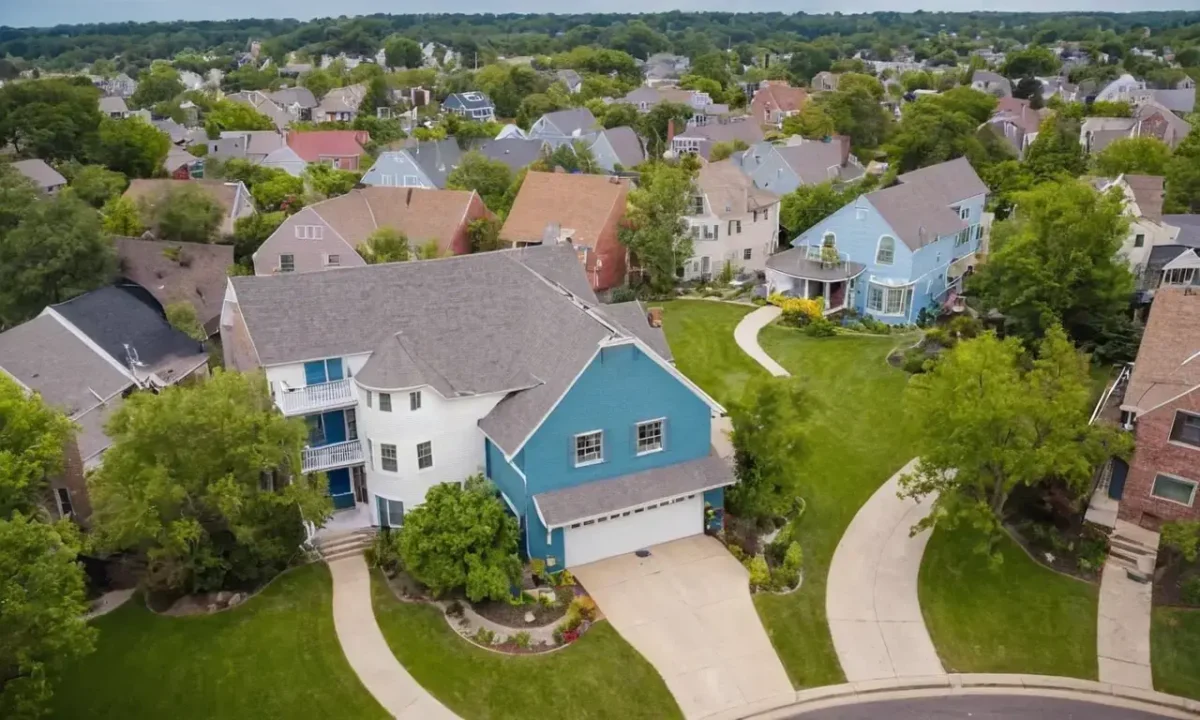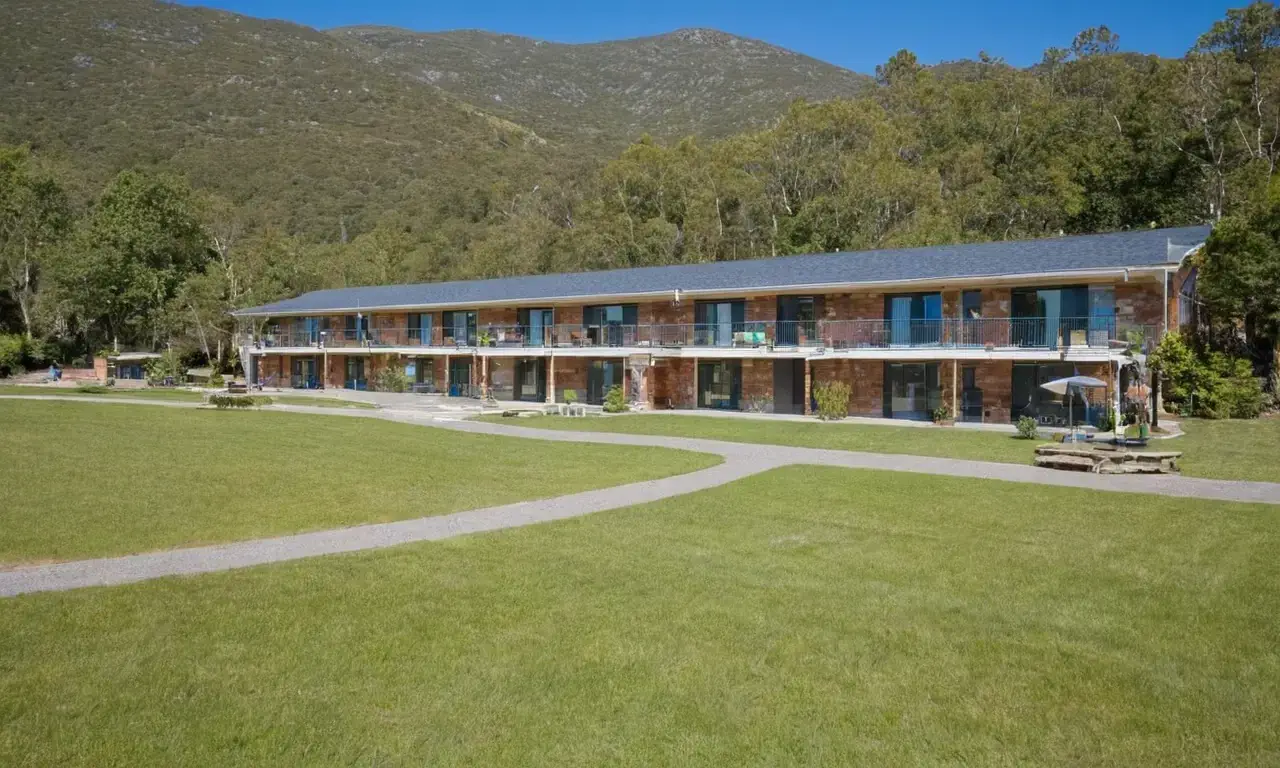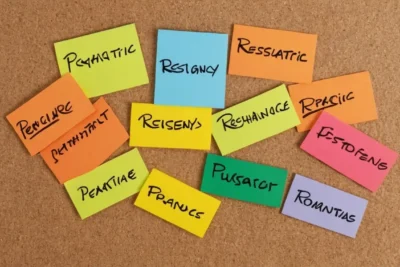
Recovery Houses: Safe Spaces for Addiction Recovery

Recovery houses, also known as halfway houses, have become a vital component in the journey of individuals recovering from addiction. These establishments provide a supportive environment where residents can learn new skills and transition back into society with ease. The concept of recovery houses is built on the understanding that recovery from addiction is not just about overcoming physical dependence but also involves addressing the emotional, psychological, and social aspects of an individual's life.
The primary objective of this article is to guide individuals who are interested in how to open a recovery house. This comprehensive guide will cover various essential factors such as location, staffing, certification, funding, and more, providing a detailed roadmap for those looking to establish their own recovery houses. By the end of this article, readers should have a clear understanding of what it takes to create a safe space where individuals can receive the support they need to overcome addiction.
- What are Recovery Houses?
- Benefits of Living in a Recovery House
- Factors to Consider When Starting a Recovery House
- Location and Accessibility
- Staffing and Support Services
- Certification and Accreditation
- Funding Options for Recovery Houses
- Cost of Living in a Recovery House
- Peer Support Groups
- Treatment Services Offered
- Conclusion
- References
What are Recovery Houses?
Recovery houses offer a unique blend of residential care and community living that is tailored specifically for those in recovery from substance abuse. These facilities provide a structured environment where residents live together, share meals, participate in group therapy sessions, and engage in various activities designed to promote sobriety. The primary goal of these houses is not only to help individuals overcome their addiction but also to equip them with the necessary tools and skills required for long-term recovery.
Recovery houses are often staffed by experienced professionals who have a deep understanding of addiction and its effects on individuals and families. These staff members provide guidance, support, and encouragement throughout the residents' stay, helping them navigate challenges that may arise during their journey towards sobriety. The supportive environment within these houses fosters a sense of community among residents, which is crucial for successful recovery.
Benefits of Living in a Recovery House
Living in a recovery house offers numerous benefits to individuals recovering from addiction. One of the most significant advantages is the opportunity to live with others who are going through similar experiences. This shared understanding creates a powerful support network where residents can openly discuss their struggles and successes, which helps build trust and camaraderie among them.
Another benefit of living in a recovery house is access to structured programs and activities designed specifically for addiction recovery. These houses often provide educational workshops on topics such as relapse prevention, coping mechanisms, and healthy relationships. Residents also have the opportunity to engage in physical activities like sports or yoga, which can help manage stress and improve overall well-being.
Moreover, living in a recovery house allows individuals to transition back into society gradually. The structured environment provides a sense of stability and routine that is often lacking for those who are newly sober. This helps residents develop essential life skills such as budgeting, cooking, and time management, which are crucial for independent living.
Factors to Consider When Starting a Recovery House
When considering how to open a recovery house, there are several key factors that must be taken into account. The first and most critical factor is location. It's essential to choose an area with minimal distractions and easy access to healthcare services, treatment centers, and other support groups. A safe and stable environment is crucial for the well-being of residents.
Another important consideration is staffing. Recovery houses require a team of experienced professionals who can provide guidance and support throughout the recovery process. This includes counselors, therapists, and peer mentors who have personal experience with addiction recovery. The staff should be trained in evidence-based practices that cater to the unique needs of each resident.
Certification and accreditation are also vital for any recovery house. Obtaining certification from reputable organizations such as CARF (Commission on Accreditation of Rehabilitation Facilities) or JCAHO (Joint Commission on Accreditation of Healthcare Organizations) not only ensures quality care but also provides credibility in the eyes of potential residents, funders, and regulatory bodies.
Location and Accessibility

The location of a recovery house plays a significant role in its success. Ideally, it should be situated in an area that is easily accessible by public transportation or within walking distance to essential services such as grocery stores, pharmacies, and healthcare facilities. This accessibility can significantly enhance the quality of life for residents, making it easier for them to engage with their community.
Moreover, a recovery house located in a safe neighborhood reduces stress and anxiety among residents, allowing them to focus on their recovery without worrying about external factors. The location should also be chosen based on its proximity to treatment centers and support groups, ensuring that residents have access to ongoing care and resources throughout their stay.
Staffing and Support Services
Effective staffing is crucial for the success of a recovery house. A well-trained staff can provide the necessary support and guidance to residents, helping them navigate the challenges of recovery. This includes not only professional counselors but also peer mentors who have experienced addiction firsthand. Peer mentors offer a unique perspective that can be incredibly empowering for residents.
In addition to staffing, recovery houses should offer a range of support services tailored to meet the diverse needs of their residents. These may include individual and group therapy sessions, educational workshops on topics such as relapse prevention and healthy relationships, and recreational activities designed to promote physical health and well-being. The availability of these services can significantly enhance the quality of care provided by the recovery house.
Certification and Accreditation
Obtaining certification from reputable organizations is a critical step in establishing a recovery house. This process involves demonstrating compliance with established standards for providing high-quality care. Organizations such as CARF or JCAHO provide accreditation to facilities that meet rigorous criteria, including staff qualifications, treatment programs, and resident outcomes.
Certification not only enhances the credibility of the recovery house but also ensures that residents receive evidence-based care. It provides a level of assurance to funders, regulatory bodies, and potential residents about the quality of services offered. Furthermore, certification can open doors for funding opportunities from government agencies or private foundations, which are essential for sustaining the operation of a recovery house.
Funding Options for Recovery Houses
Securing adequate funding is one of the most significant challenges faced by those looking to how to open a recovery house. There are several options available, including grants from government agencies and private foundations. Many organizations offer funding specifically for addiction treatment and recovery services, making it essential for recovery houses to research these opportunities thoroughly.
In addition to grants, recovery houses can explore partnerships with local healthcare providers or community organizations that may be willing to provide financial support in exchange for collaboration on programs or services. Fundraising events and campaigns can also be effective tools for securing additional funding.
Cost of Living in a Recovery House
The cost of living in a recovery house is generally comparable to the cost of renting a modest apartment or home. Residents typically pay rent for their room, which includes access to shared facilities such as kitchens, living areas, and recreational spaces. The cost can vary depending on factors like location, amenities offered, and the level of care provided.
However, many recovery houses offer sliding scale fees based on income, making it more accessible to those who may not have the financial means to afford traditional housing options. This approach ensures that everyone has an opportunity to benefit from the supportive environment without being priced out due to financial constraints.
Peer Support Groups
Peer support groups are a vital component of recovery houses, providing residents with a sense of community and belonging. These groups offer a safe space for individuals to share their experiences, struggles, and successes in a non-judgmental setting. The camaraderie among peers can be incredibly powerful, fostering a supportive network that encourages open communication.
Peer support groups often organize activities such as group outings, volunteer work, or educational events, which help residents build relationships with one another outside of the structured program. This aspect of recovery house life is crucial for long-term recovery, as it equips individuals with the skills and confidence needed to maintain sobriety in their daily lives.
Treatment Services Offered
Recovery houses typically offer a range of treatment services tailored to meet the diverse needs of their residents. These may include individual counseling sessions, group therapy, and educational workshops on topics such as addiction education, relapse prevention, and healthy coping mechanisms.
In addition to these core services, many recovery houses incorporate holistic approaches such as yoga, meditation, or art therapy into their programs. These activities can help residents manage stress and anxiety while promoting overall well-being. The availability of a comprehensive treatment plan ensures that residents receive the support they need to achieve lasting recovery.
Conclusion
Opening a recovery house requires careful consideration of several factors, including location, staffing, certification, funding, cost, peer support groups, and treatment services. By addressing these critical elements, it's possible to establish a supportive environment where individuals can focus on their recovery without the added stressors of external challenges. Ultimately, creating a safe space for those struggling with addiction is a vital step towards promoting long-term recovery and improving overall health outcomes.
References
- National Institute on Drug Abuse (NIDA). (2022). Principles of Effective Treatment.
- Substance Abuse and Mental Health Services Administration (SAMHSA). (2020). Recovery Supportive Housing.
- Commission on Accreditation of Rehabilitation Facilities (CARF). (2022). Standards for Addiction Treatment Programs.
- Joint Commission on Accreditation of Healthcare Organizations (JCAHO). (2022). Behavioral Health Care Accreditation.
Note: The references provided are a selection of credible sources that support the information presented in this article.
Leave a Reply





Related Links